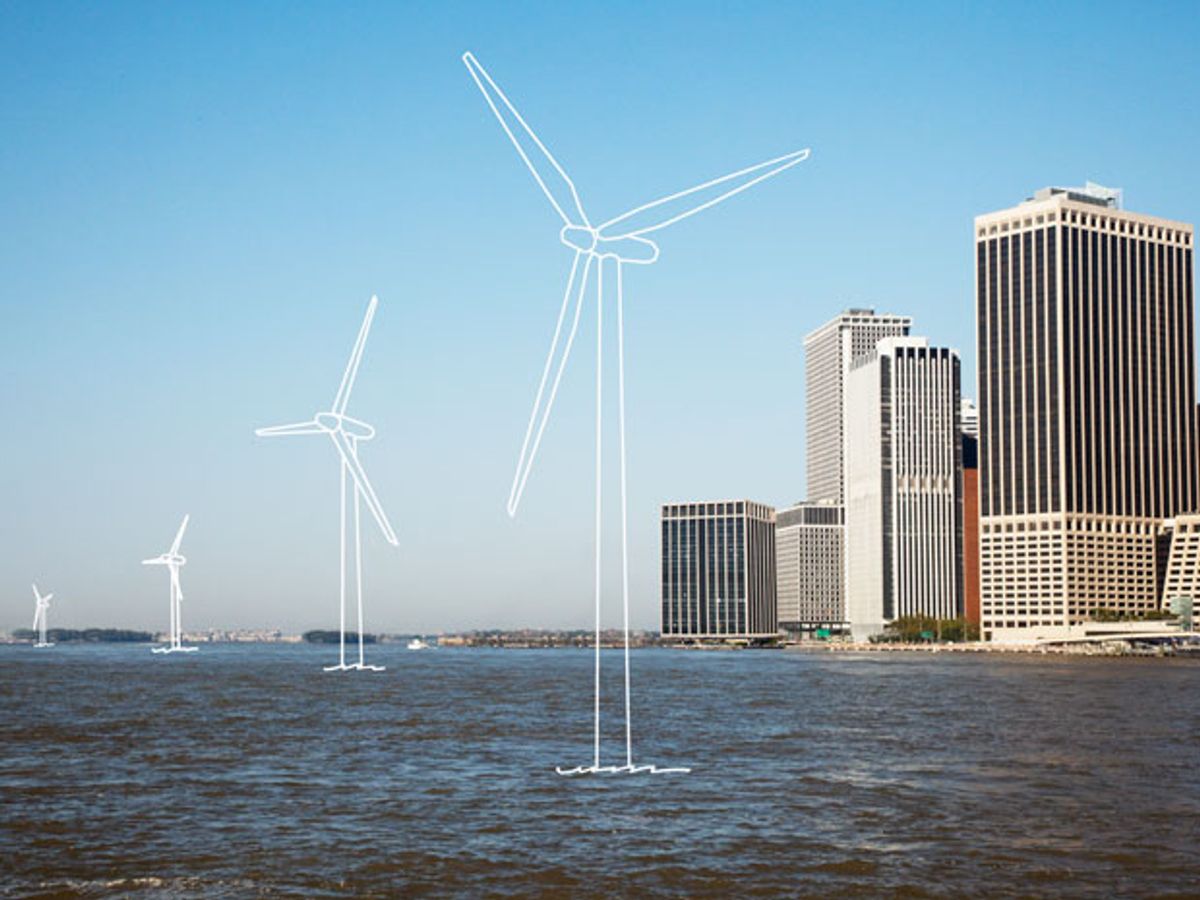Renewable energy projects and energy efficiency measures—particularly those that replace coal-fired power plants—will not only decrease carbon emissions but may also have major health implications worth millions of dollars, according to researchers at Harvard University.
Public health experts evaluated the impact of four different renewable energy or energy efficiency installations in six locations in the mid-Atlantic and Great Lakes regions and came up with a model to simulate and compare the climate and health benefits of each of the 24 scenarios. Depending on the site and installation, they found that benefits ranged from US $5.7 million to $210 million per year.
While renewable energy and energy efficiency policies are not typically evaluated for their impacts to public health, other studies have also suggested that reducing air pollution from burning fossil fuels could save lives. A 2013 study by researchers at MIT found that in the United States, air pollution accounts for approximately 200,000 premature deaths per year, with electricity generation contributing to 52,000 of those deaths.
Jonathan Buonocore, lead author of today’s Nature Climate Change study and program leader for climate, energy, and health at Harvard’s School of Public Health says that “how much coal is being displaced, and how many people live downwind of that coal plant” are the main drivers in how much benefit can be realized from renewable energy or efficiency measures.
The model, which the researchers have dubbed Environmental Policy Simulation Tool for Electrical grid Interventions, or EPSTEIN, could be used to make policy decisions about where renewable energy installations should be located in order to maximize their benefits.
The researchers evaluated locations in Chicago, Cincinnati, eastern Pennsylvania, northern Ohio, southern New Jersey, and Virginia, which obtain the majority of their electricity from a mix of coal and natural gas.
For each location, they looked at the impacts of installing either a 500 MW solar plant or a 500 MW wind energy facility, or incorporating one of two energy efficiency measures: 500 MW of peak demand-side management (DSM), which includes tactics like turning down the lights or air conditioning at times of peak demand; or 150 MW of baseload demand-side management, which includes electricity saving measures that are active all the time. (The researchers calculated that a 150 MW capacity for baseload DSM would save an equivalent amount energy as 500 MW of peak DSM over the course of a year.)
Next, they evaluated the impact each of the four projects would have on electricity generation and savings; constraints to the local grid; emissions of sulfur dioxide, nitrogen oxide, and carbon dioxide; and the number of people affected by the changes in emissions.
The “different installations, whether renewable energy or energy efficiency, have substantial benefits in terms of climate mitigation and health,” Buonocore says. However, there were differences in the scale of those benefits.
For instance, because solar and peak DSM tend to operate during the day, when energy demands are at their highest, they tended to displace natural gas, rather than coal. By contrast, wind and baseload DSM can both operate at off-peak times and displace more coal-generated electricity.
The biggest total benefits were seen in Chicago and Cincinnati with wind installations. The model predicted both cities would realize $210 million per year in benefits. The cities would see health benefits, because their populations would no longer be exposed to sulfur dioxide and nitric oxide pollution.
By contrast, there were fewer benefits in eastern Pennsylvania which has a sparser population and is predominantly powered by natural gas. Implementing a peak DSM strategy there could even induce an increase in coal-fired electricity, the researchers found.
Buonocore notes however, that the model did not take into account a number of other factors related to the different energy sources’ total life cycles. “The study only looks at displaced emissions and doesn’t include impacts from mountain top removal mining, hydraulic fracturing, or the disposal of coal ash,” he says, although those are impacts he would like to evaluate in future studies.
The case for renewable energy is often framed solely in terms of benefits to the climate, which people typically view as happening “a long time from now” and so don’t feel a personal connection to them, Buonocore says. But, the interesting thing about the health benefits, he says is that the “impacts will happen very soon and in the same region where the measures are taken.”



